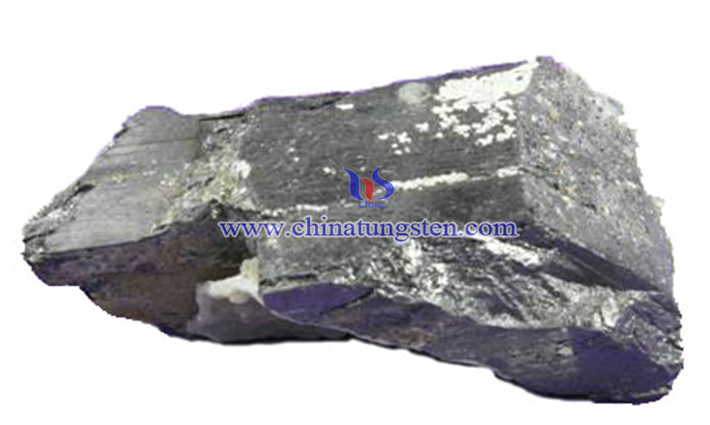China Sends Tungsten Price, One of the West’s Most Critical Materials Soaring
- Details
- Category: Tungsten Audio
- Published on Tuesday, 26 September 2017 11:04
- Hits: 370
The price of one of the most critical materials for the Western world’s economy and defenses is spiking faster than any major commodity.
Tungsten, used to harden steel in ballistic missiles and in drill bits, has surged more than 50 percent in the last two months amid growing concern about supply cutbacks in China, where about 80 percent of the metal comes from. The country is clamping down on polluting mines and enforcing production quotas.
“The Chinese have been trying to impose control over the production in tungsten,” said Mark Seddon, senior manager at Argus Consulting (Metals). “They’ve used environmental policy to clamp down on non-quota production.”
The price of tungsten in Europe has jumped 52 percent since early July, according to Metal Bulletin Ltd. The advance has beaten all 22 major materials in the Bloomberg Commodities Index. Tungsten has gained for six straight months, the longest rally since 2012.
The European Union classes tungsten as a “critical” commodity and the British Geological Survey places it at the top of its supply-risk list of materials needed to maintain the U.K.’s economy and lifestyle. In 2012, it became a flash point when then U.S. President Barack Obama filed a complaint to the World Trade Organization against Chinese supply curbs.
China limits supply to about 91,300 metric tons a year, but routinely breaks its quota by as much as 50 percent, partly because a lot comes as a byproduct from mines that produce other metals such as molybdenum, Seddon said.

China’s Impact
It seems that tolerance has gone, at least for now. China’s Ministry of Industry and Information Technology issued an edict on June 6 saying producers should stick to output quotas and that those without quotas, or which exceed the quotas, should halt production. Quotas also shouldn’t be granted to firms that infringe safety or environmental rules.
“The government wants to have control,” said Seddon, who has covered the industry for at least 15 years. “Whether this carries on into next year is more difficult to predict.”
It’s also been a wild year for many other lesser-traded metals. Prices for “light” rare earths including neodymium and praseodymium have also shot up as part of China’s mining clean-up. Battery materials such as cobalt and steel-hardener vanadium have surged, while minor precious metals like ruthenium rallied too.
Tungsten, also know as wolfram, gets its name from the Swedish words for heavy stone and was first discovered in 1783. The light gray or whitish metal can be alloyed with steel to form materials that are stable at high temperatures. At more than 3,400 degrees Celsius (6,150 Fahrenheit), it has the highest melting point of any metal on Earth.
The biggest consumer is the auto industry, with about 25 percent of supply predominately used in cutting and machining tools. It’s also used in lighting, steelmaking and mining. Tungsten’s high density means it’s also used in missiles to help them penetrate defenses.
- Tungsten Manufacturer & Supplier, Chinatungsten Online: www.chinatungsten.com
- Tungsten News & Prices of China Tungsten Industry Association: www.ctia.com.cn
- Molybdenum News & Price: news.molybdenum.com.cn
- Tel.: 86 592 5129696; Fax: 86 592 5129797; Email: sales@chinatungsten.com



 sales@chinatungsten.com
sales@chinatungsten.com